#Carnegiea gigantea
Text

Untitled.
#photographers on tumblr#crested saguaro#bonus white-winged dove#Desert Botanical Garden#Phoenix#Arizona#Carnegiea gigantea
656 notes
·
View notes
Text

Saguaros (Carnegiea gigantea) in a side canyon, Santa Catalina Mountains, Arizona.
1K notes
·
View notes
Text


Saguaro (Carnegiea gigantea) forest after sunset
Saguaro National Park, Arizona, USA
O’odham Jeweḍ, Tohono O’odham, and Hohokam land
#original photography#landscape photography#photographers on tumblr#nature photography#hiking#winter#desert#arizona#saguaro national park
1K notes
·
View notes
Text
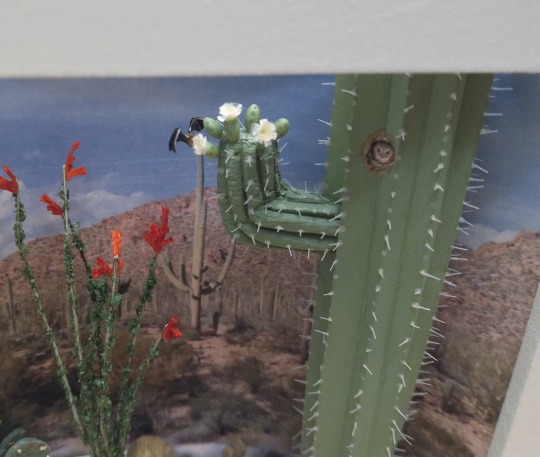


Finally finished making my saguaro cactus (Carnegiea gigantea) for my Sonoran desert diorama.
Saguaro comes with a nesting elf owl, Micrathene whitneyi, and a pollinating lesser long nosed bat, Leptonycteris yerbabuenae.
#miniature#miniatures#cactus#saguaro#diorama#tiny things#half scale#minis#natural history#sonoran desert
92 notes
·
View notes
Photo
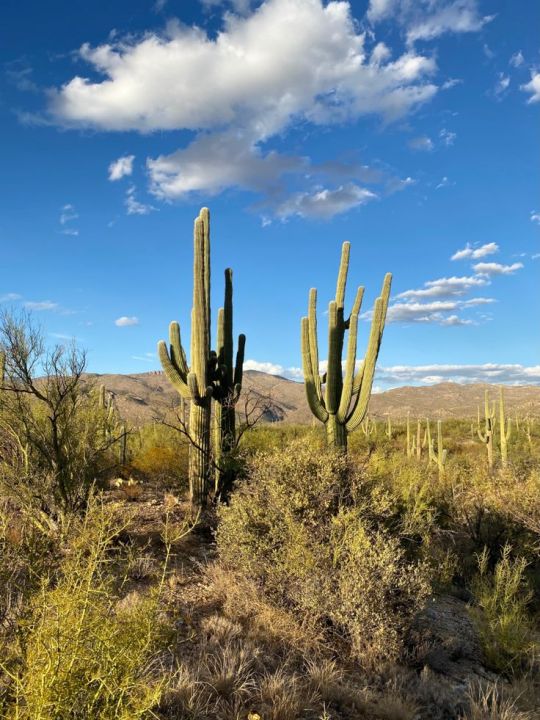
Saguaros (Carnegiea gigantea) near Agua Caliente Hill, Pima County, Arizona
63 notes
·
View notes
Text

Saguaro (Carnegiea gigantea), Scottsdale, Arizona, 2014.
48 notes
·
View notes
Text
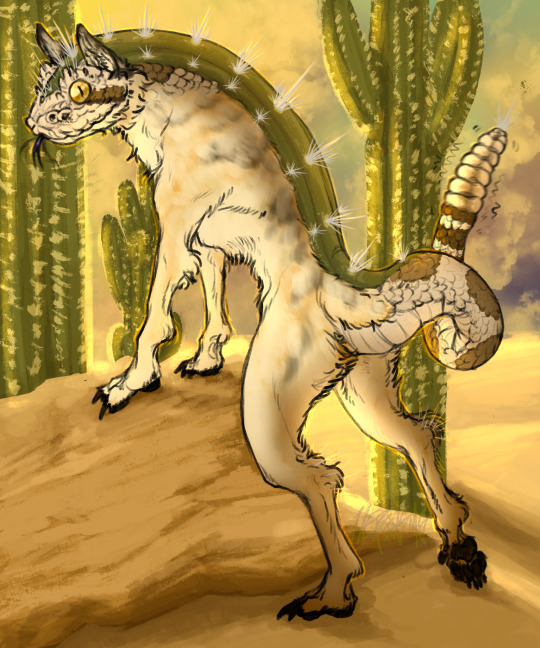
The Arizonian Nightstalker, otherwise known as the Kingstalker, a breed of Nightstalker gene-spliced between a Sidewinder rattlesnake (crotalus cerastes), coyote (canis latrans), and Saguaro cacti (carnegiea gigantea). This particular breed of Nightstalker brandishes a large cacti-like structure down its back - from middle of the forehead to the beginning of the tail - that is made of chlorophyll packed cells, studded with long, solid spines ranging anywhere from 6 inches at the smallest, and 1.5 feet at the longest. The Kingstalker uses this as a defense mechanism, similar to porcupines, being able to propel spines up to 6 feet away at average adult age (2 to 3 years of age), as well as the spines of its rattle being used to "sting" its target.
The Kingstalker is also known for its ability to withstand far harsher climates than their Mojave bred cousins. The cacti-structure on their back serves somewhat like a camel's hump, storing gallons of water from days, to even months; the structure can also photosynthesize, making the Kingstalker far more capable of withstanding long periods of famine as well.
my bestie @kyngsnake and i came up with a very sexy idea to cross breed saguaro cacti and nightstalkers bc it is absolutely be lore-friendly and cactus puppies just sound fun. also coined Kingstalker after ken's handle lol
bonus:
buppy

#art#digital art#my art#digital artist#original character#oc#character design#fallout#fallout new vegas#nightstalker#coyote#fnv
373 notes
·
View notes
Text
A Quiet Little Seedling Plants
Chapter One (listed as mentioned)
Spider Plant (binomial name: Chlorophytum comosum)
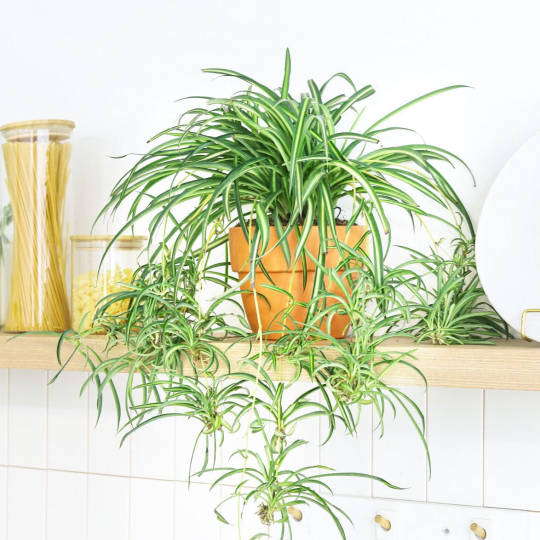

Dwarf Umbrella Tree (binomial name: Heptapleurum arboricola)


Alpine Sea Holly (binomial name: Eryngium alpinum)


Violet (binomial name: Viola reichenbachiana)


Peony (binomial name: Paeonia × suffruticosa)


Saguaro (binomial name: Carnegiea gigantea)


Lilac (binomial name: Syringa vulgaris)
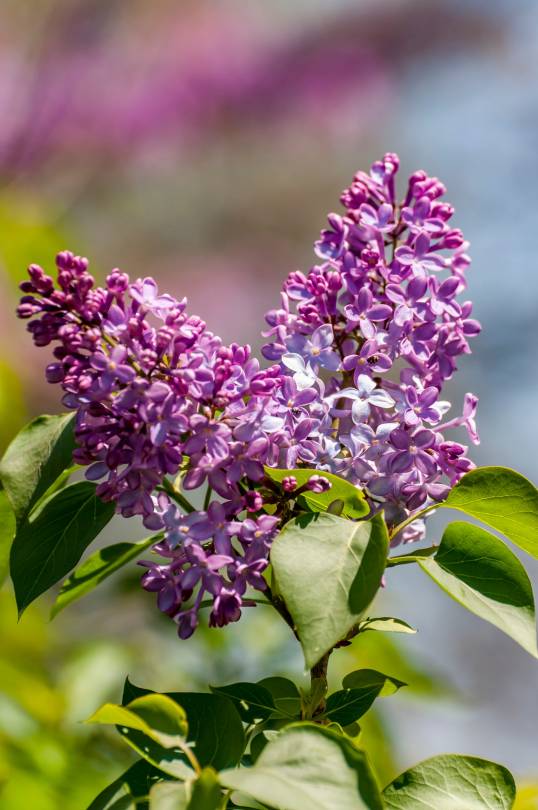
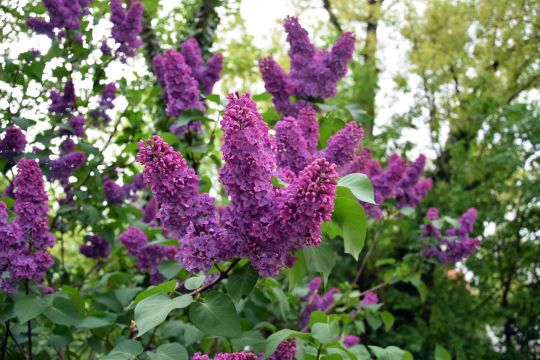
Stromanthe Triostar (binomial name: Stromanthe sanguinea)
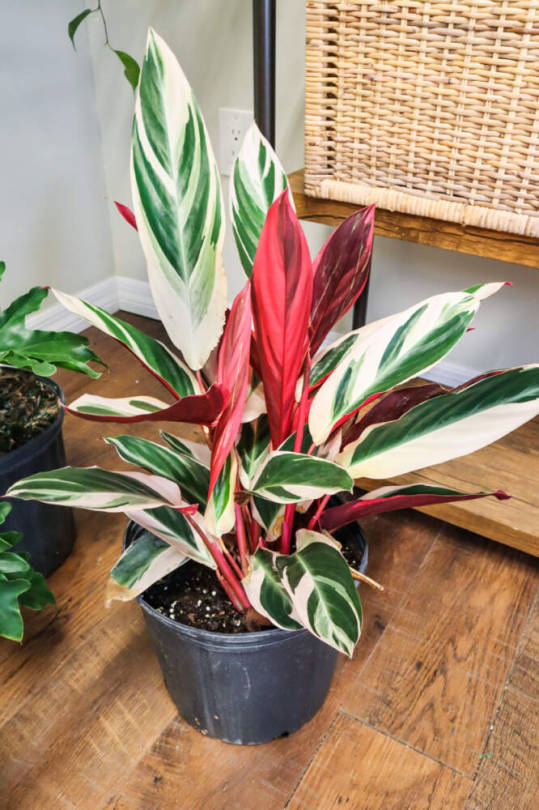

Syngonium Strawberry (binomial name: Syngonium podophyllum)


ZZ Plant (binomial name: Zamioculcas zamiifolia)

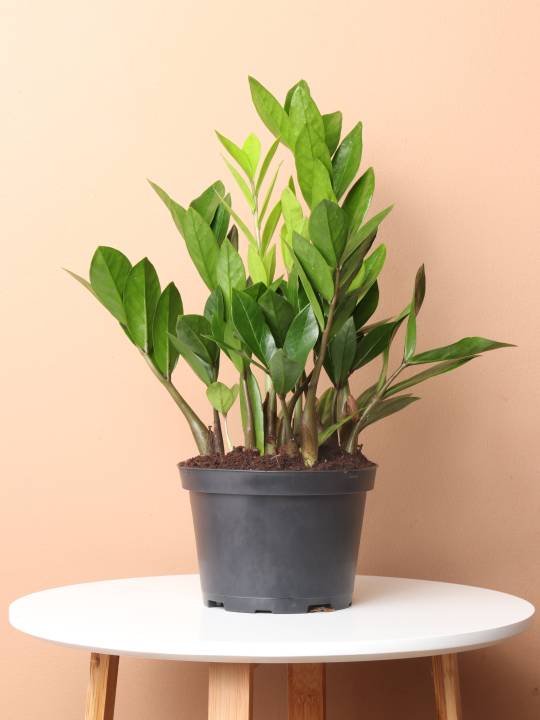
Heartleaf Philodendron (binomial name: Philodendron hederaceum)

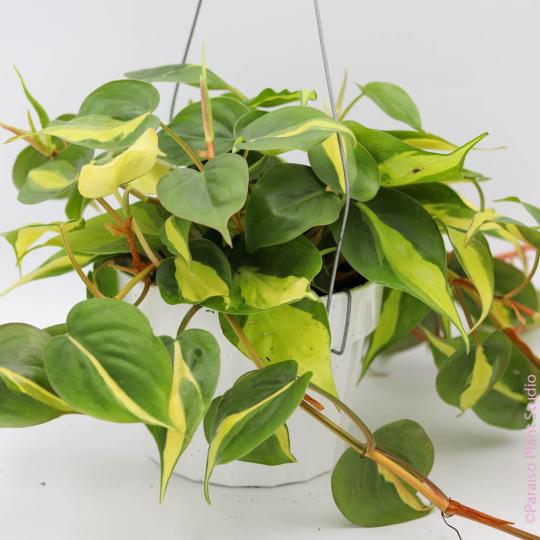
Spiderworts (binomial name: tradescantia zebrina)
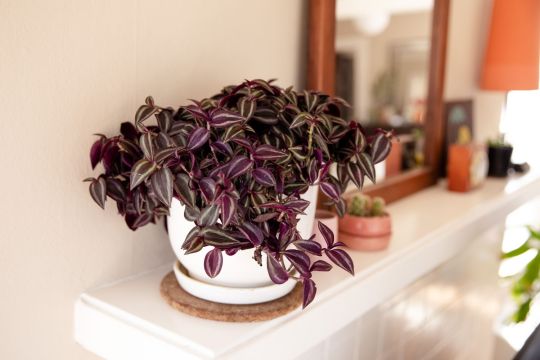

Willow Oak (binomial name: Quercus phellos)


8 notes
·
View notes
Text

Saguaro cacti (Carnegiea gigantea) is Arizona's state flower!
24 notes
·
View notes
Text
“The saguaro can be understood as free of the earth, like human beings ...” -- Jane H. Hill and Ofelia Zepeda [...]
The map of the saguaro’s range -- which spans the width of Arizona and plunges south five hundred miles into Mexico -- doubles as a rough delineation of the Sonoran Desert. [...] [T]he O’odham -- the People -- [...] have wandered and hunted and farmed in this harsh landscape since, in their formulation, time immemorial. “The saguaro has always been a life-saving part of our culture,” Lorraine Eiler, a Hia-Ced O’odham woman and former member of the Tohono O’odham council, recently told me. It provides its fruit for sustenance; its ribs serve as material for constructing tools and houses. The cactus even teaches patience, Eiler noted, since to harvest its fruit is to commit to hard days working under a searing desert sun.
In 1853, in an effort to acquire the terrain most suitable for laying out a railroad, the United States purchased thirty thousand square miles of land from Mexico for $10 million. Thus, at least on paper, an invisible line severed the Sonoran Desert. Over the subsequent centuries, the line has hardened into an increasingly impervious barrier, one that splits O’odham families. [...] To build the latest iteration of this barrier [...] contractors set explosives in desert soils where bodies were buried centuries ago. [...]
In early October 2019, many news outlets shared a cell phone video depicting the latest desecration: a bulldozer shoved aside a fallen saguaro at the border, on protected public land. The resulting outrage prompted the US Border Patrol to release a statement acknowledging that they were transplanting most cacti and using the bulldozers on specimens deemed unable to survive. Soon afterwards, residents reported that federal contractors were attempting to sell cacti at a market in Ajo, Arizona, a small town a few dozen miles north of the border. This was no small offense, since, as the Tohono O’odham have long understood -- and the nation’s legislative council officially affirmed last year -- saguaro cacti are people. [...]
-------
Long before the concept of the modern nation-state arrived in the Americas, various O’odham carved out lifeways here. [...]
When the US and Mexican governments met in the 1850s to establish their new physical boundaries, no one consulted the O’odham. Villages’ calendars, marked on saguaro ribs and ironwood sticks, indicate the contemporary events that mattered to this society [...]. The border may look simple on the map, clean and indisputable, but it does not match the shape of the Tohono O’odham world. [...] [A]s “Indians,” they could not qualify for citizenship in the country that now claimed this land. [...] [T]his is not the world’s tallest cactus, nor the largest, nor the longest lived. It’s simply beloved. Its rise in the American consciousness was driven in part by the same railroad that prompted the Gadsden Purchase. Trains brought the saguaro to the world -- the species became a hit in many planned gardens [...]. By the 1950s, advertisers were clipping the barbs off cacti, dressing models in bathing suits and high-fashion attire, then draping the women atop cactus arms for portraits used to sell the region to tourists. [...]
-------
The saguaro was given its scientific name -- Carnegiea gigantea -- in the first years of the twentieth century, by scientists in Tucson hoping to flatter the wealthy philanthropist Andrew Carnegie. They wanted to establish a laboratory to study how life adapts to aridity -- and they needed his money. Carnegie [...] did decide to endow the Desert Laboratory, which in 1903 arose atop a sacred hill that the Tohono O’odham called Cemamagi Du’ag, or Horned Lizard Mountain [...]. Soon afterwards, the hill was fenced [...].
Wilder noted that much of the scientific knowledge of saguaros was drawn from these slopes, where the lives of the cacti have been tracked for more than a century. That’s a long time in human terms, but little more than half of a saguaro lifespan. “So while we think we really know these plants, we don’t,” he said. Before the laboratory was established, the O’odham played a role in the species’ population dynamics, eating and spreading saguaro seeds. Then the fence went up, and the people were kept out. The study, in a sense, was flawed from its beginning. “This has been a cultural landscape for thousands of years,” Wilder said. “The actual understanding of saguaro by the Tohono O’odham and their ancestors -- it just far, far, far eclipses the understanding we have now.”
-------
In US culture, the desert is often a symbol of death and lack [...]. “When people say ‘desert,’ they think, ‘Oh my god, barren skulls’ -- and nothing else,” Eiler said. In truth, the Sonoran Desert is a lush place. [...] The cacti explode in wild profusion: organ pipe reach upward in dense clustered bouquets; cholla split apart into fractal branches. [...] The saguaro -- or Ha:sañ, in O’odham -- towers over everything. [...]
Here in camp, the saguaro fruit is converted to its many uses. Seeds are pressed into oil or ground into flour or saved to be fed to chickens. The pulp is boiled over a campfire, strained and separated, boiled again: turned into a thick, sweet syrup, which in turn can be fermented into a wine -- nawait [...]. In ak-chin farming, as the technique is known, fields of beans and squash and corn are laid in the path of the seasonal arroyos. [...]
Terrol Johnson told a similar story. He learned his respect for the saguaro early, he told me: he was a typical rambunctious kid, tossing rocks and sticks at the tall sentinels, when his grandmother ran out to admonish him. “Don’t do that,” she said. “They’re people.”
-------
Text by: Boyce Upholt. “Saguaro, Free of the Earth.” Emergence Magazine. 31 March 2022.
146 notes
·
View notes
Note
ok how about each of them as different plants 😁🌱
1. Dan - Chamaecyparis pisifera 'Baby Blue' Sawara cypress

2. Kyle - the Saguaro Cactus (Carnegiea gigantea)
One of the tallest and apparently “thirstiest” cacti
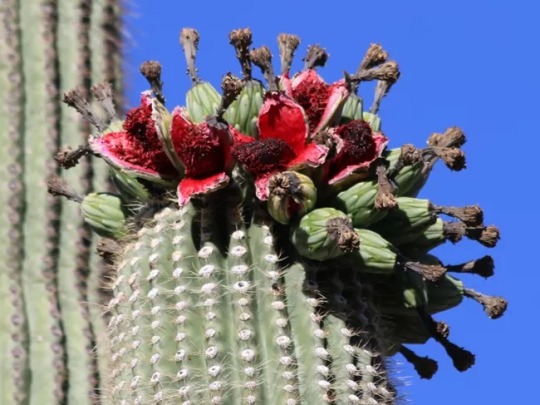
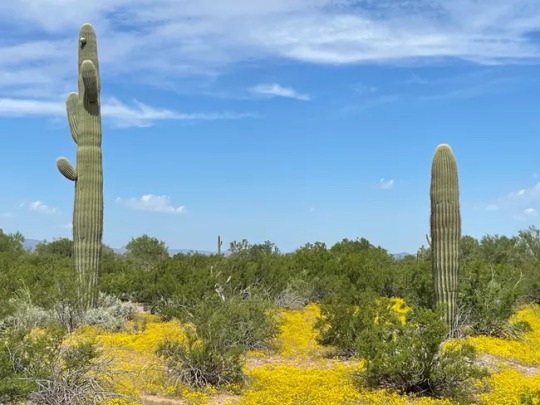
3. Woody - Scadoxus multiflorus aka Football Lily
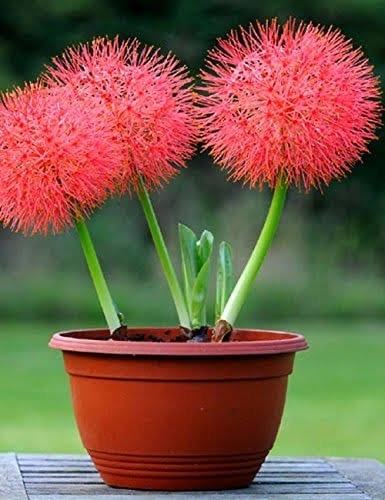

4. Will - Lomatia tasmanica aka King’s Holy
It can live up to 135,000 years. the plant can clone itself for a minimum of 43,600 years. This means that all the plants are genetically identical and they are one of the oldest living plant clones 🤯

3 notes
·
View notes
Text
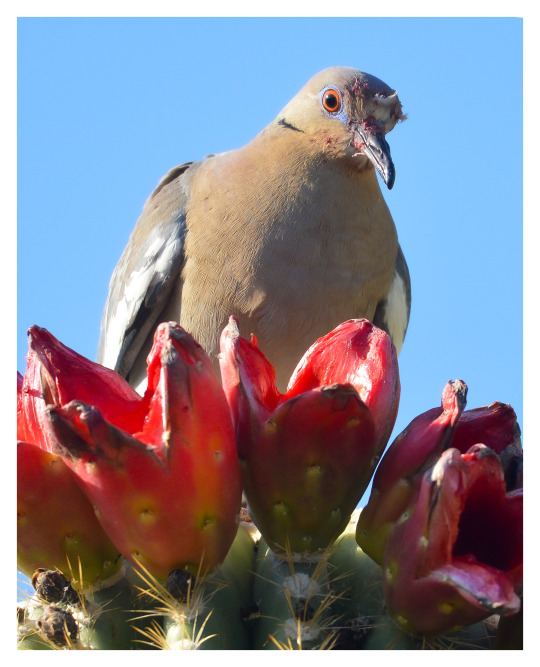
White-winged dove / paloma alas blancas (Zenaida asiatica) feasting on ripe saguaro fruit, at Desert Botanical Garden, Phoenix, Arizona.
#photographers on tumblr#white-winged dove#Zenaida asiatica#saguaro#saguaro fruit#Carnegiea gigantea#Desert Botanical Garden#Phoenix#Arizona
188 notes
·
View notes
Text

Saguaros (Carnegiea gigantea), in the foothills of the Santa Catalina Mountains, Arizona.
542 notes
·
View notes
Text
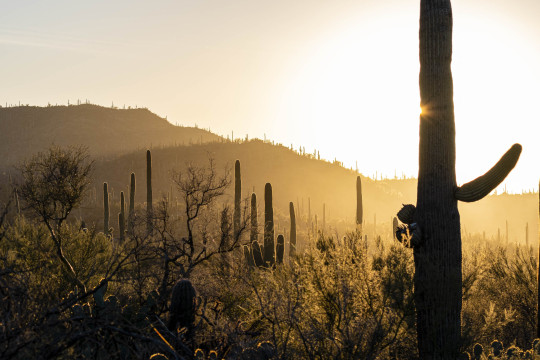

Backlit saguaros (Carnegiea gigantea)
Saguaro National Park, Arizona, USA
O’odham Jeweḍ, Tohono O’odham, and Hohokam land
#original photography#landscape photography#photographers on tumblr#nature photography#hiking#winter#mountains#desert#arizona#saguaro national park
337 notes
·
View notes
Text


Finished my Sonoran Desert diorama!
Had to make a little key to the species found inside.
1. Opuntia engelmannii (prickly pear)
2. Enneapogon desvauxii (nineawn pappusgrass)
3. Fouquieria splendens (ocotillo)
4. Encelia farinosa (brittlebush)
5. Carnegiea gigantea (saguaro)
6. Eschscholzia californica ssp. mexicana (California poppy)
7. Candelina submexicana (lichen)
8. Acarospora socialis (lichen)
9. Incilius alvarius (Colorado River toad)
10. Leptonycteris yerbabuenae (lesser long nosed bat)
11. Micrathene whitneyi (elf owl)
#miniature#miniatures#tiny things#natural history#diorama#sonoran desert#cactus#natural history museum#mini museum
26 notes
·
View notes
Text
This is my Carnegiea gigantea, the Saguaro cactus that I grew from seed planted in 1988. Now 35 years old. A young asked me when it would flower. I told him in about 40 years.

June 14 2023
8 notes
·
View notes